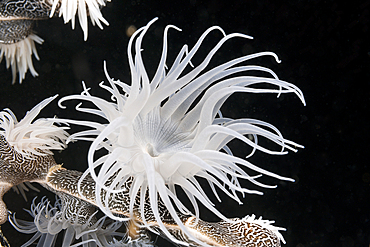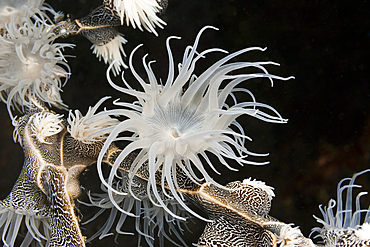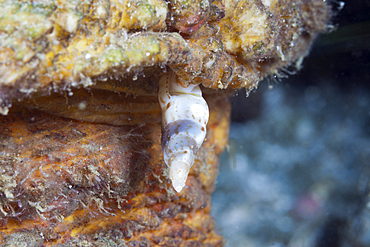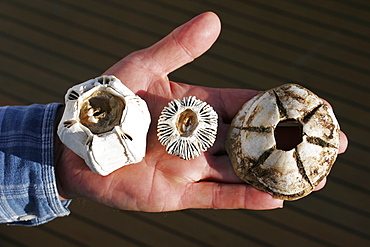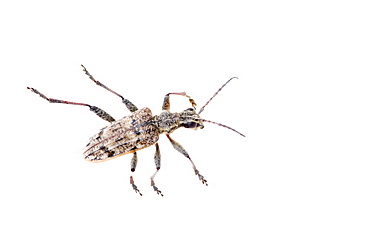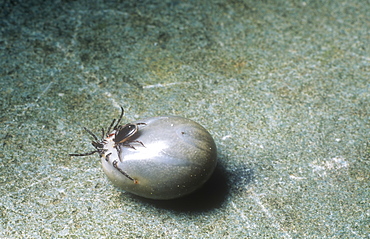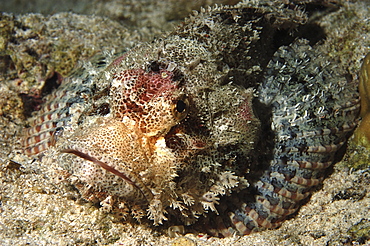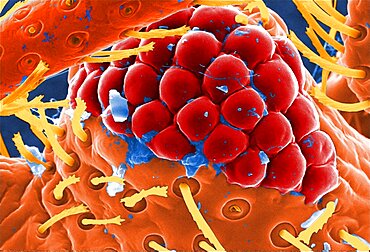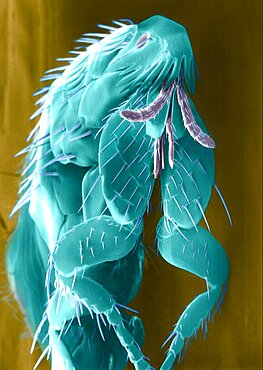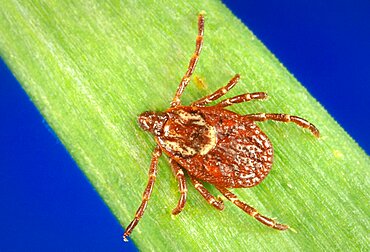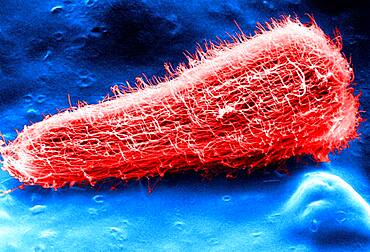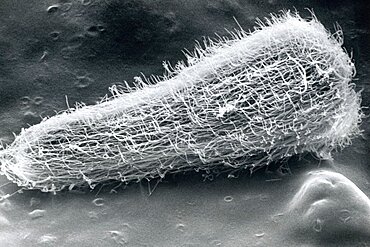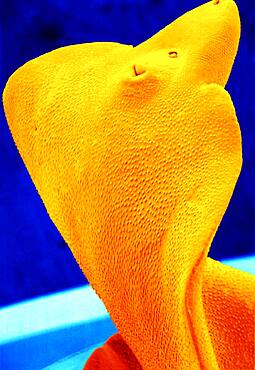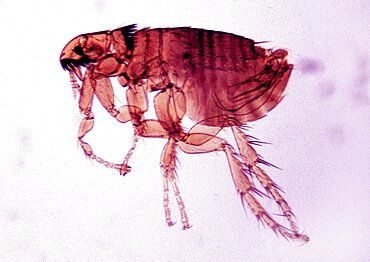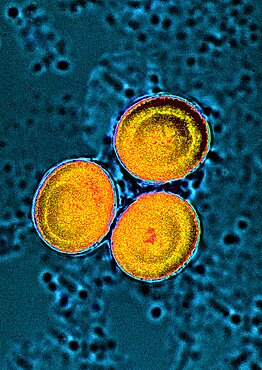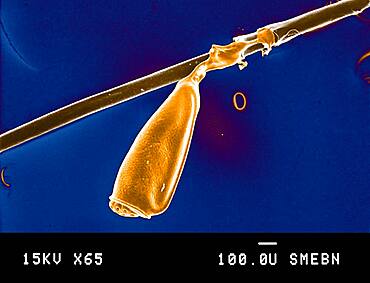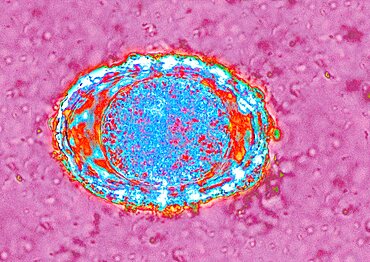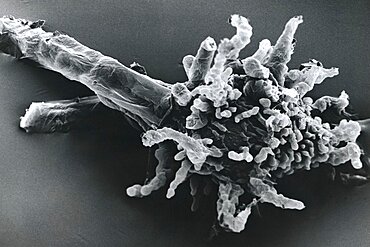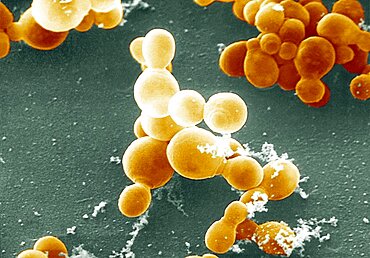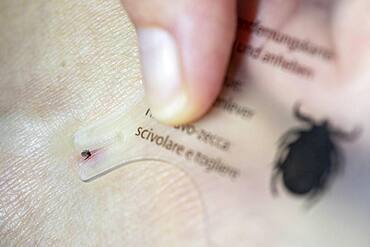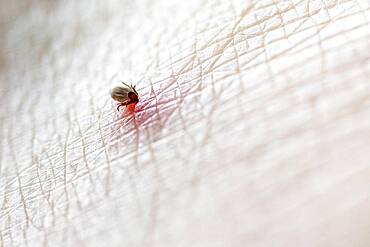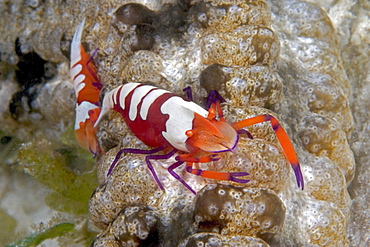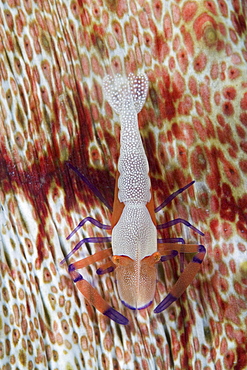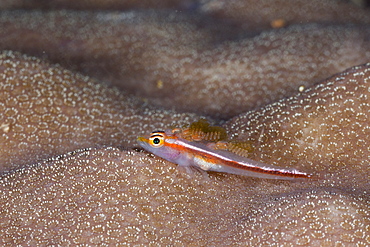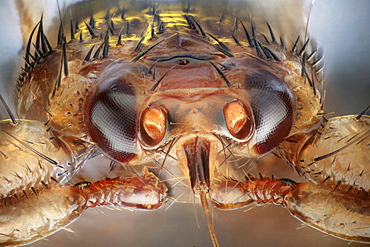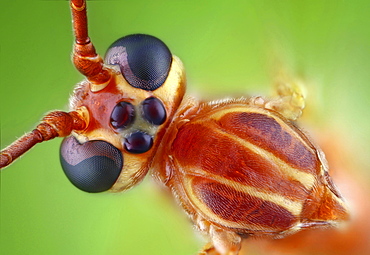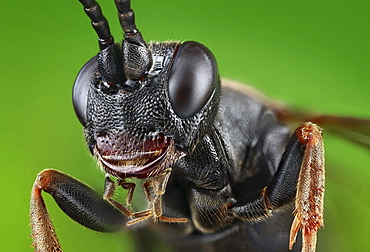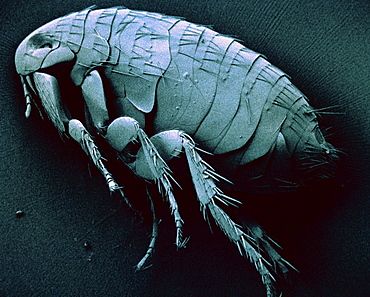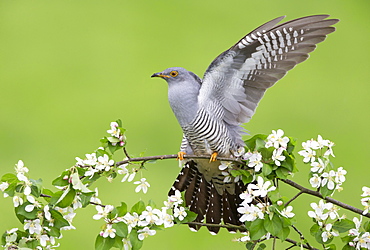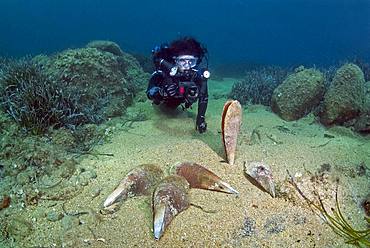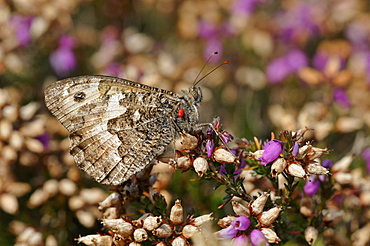Results
10 results found
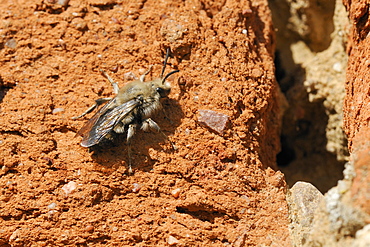
Cuckoo bee (Melecta albifrons) a parasite of solitary bees, searching an old wall for host nests, Brandenburg, Germany, Europe

Fly agaric toadstools (Amanita muscaria) growing in grassland, Coate Water Country Park, Swindon, Wiltshire, England, United Kingdom, Europe

Milking bonnet fungus (Mycena galopus) emerging from woodland leaf litter in autumn, Gloucestershire, England, United Kingdom, Europe

Clump of honey fungus (Armillaria mellea) growing among leaf litter in autumnal deciduous woodland, Gloucestershire, England, United Kingdom, Europe
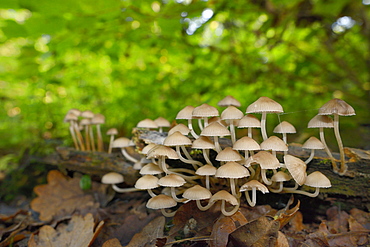
Angels' bonnets mushrooms (Mycena arcangeliana) growing from a rotting log in deciduous woodland, Gloucestershire, England, United Kingdom, Europe
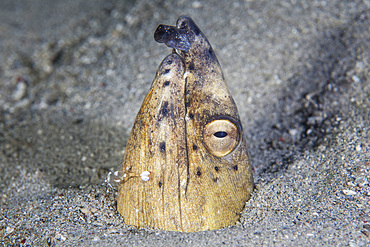
A Black-finned snake eel (Ophichthus cephalozona) pokes its head out of a sandy seafloor in Indonesia. This tropical region, within the Coral Triangle, is home to an incredible variety of marine life.
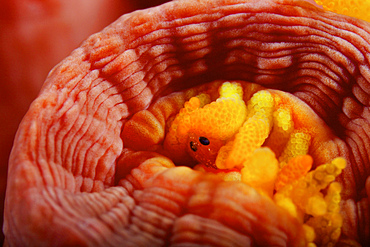
1 cm yellow tube polyp captured at 4.5x life size with what appears to be a small macroscopic Isopod feeding on it, Bonaire, Caribbean Netherlands.

A tiny cleaner shrimp removes parasites from a Black-finned snake eel (Ophichthus cephalozona) on a sandy seafloor in Indonesia. This tropical region, within the Coral Triangle, is home to an incredible variety of marine life.
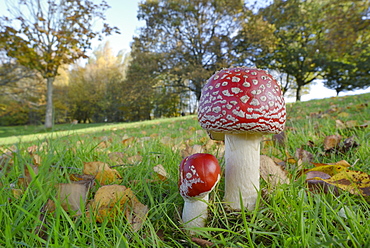
Fly agaric toadstool (Amanita muscaria) growing in grassland, Coate Water Country Park, Swindon, Wiltshire, England, United Kingdom, Europe
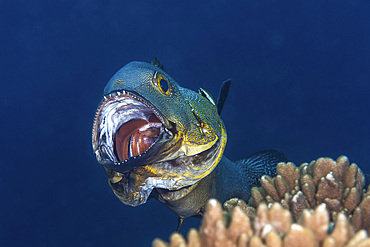
This fish is having its gills cleaned by a cleaner wrasse so it opens wide allowing the fish to come in and feed on parasites, Raja Ampat, Indonesia.

Bonnet mushrooms (Mycena sp.) growing from a rotting treestump in deciduous woodland, Gloucestershire, England, United Kingdom, Europe

Australian land leech (Gnatbobdellida libbata) feeding on dog's paw, Hopkins Creek, New South Wales, Australia, Pacific

Insect damage to sandpaper fig leaf (Ficus coronata), Couchy Creek Nature Reserve, New South Wales, Australia, Pacific
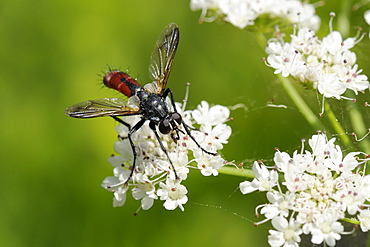
Parasite fly or Tachinid fly (Cylindromyia bicolor) feeding on Wild angelica (Angelica sylvestris) umbel flowers, Corsica, France. MORE INFO: Parasite fly or Tachinid fly family Tachinidae, plant family Apiaceae.

Adult California gray whale (Eschrichtius robustus) surfacing (note barnacles and whale lice) in the calm waters of Magdalena Bay, Baja California Sur, Mexico.
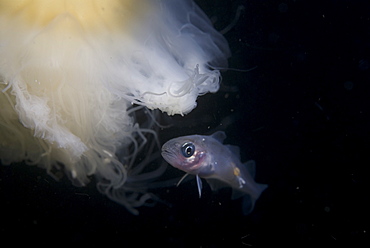
Juvenile Whiting (Merlangius merlangius), showing parasite attached to body and swimming with Lions mane Jellyfish, St Abbs, Scotland, UK
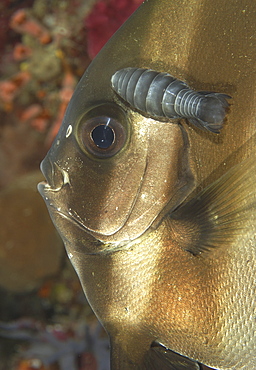
Batfish (Species unknown) with fish louse.
Wakatobi, Onemobaa Island, Indonesia
Restricted resolution (Please contact us). (RR)

Juvenile Whiting (Merlangius merlangius), showing parasite attached to body and swimming with Lions mane Jellyfish, St Abbs, Scotland, UK

California gray whale (Eschrichtius robustus) calf surfacing in the calm waters of Magdalena Bay, Baja California Sur, Mexico

Juvenile Whiting (Merlangius merlangius), showing parasite attached to body and swimming with Lions mane Jellyfish, St Abbs, Scotland, UK
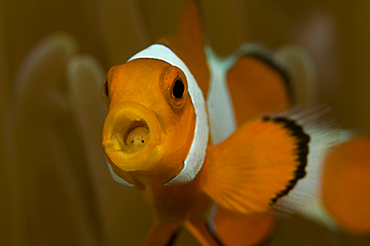
A false clown anemonefish, Amphiprion ocellaris, with a parasitic isopod, Cymathoa exigua, inside its mouth, Manado, North Sulawesi, Indonesia, Pacific Ocean
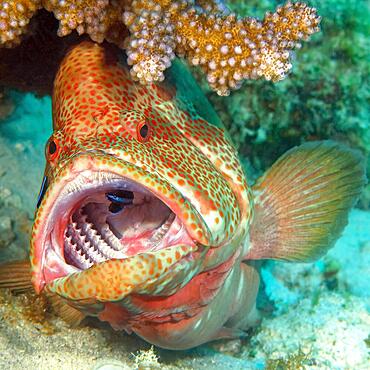
Symbiotic behaviour Symbiosis of jewel perch vermillion seabass (Cephalopholis miniata) lies at cleaning stationwith mouth wide open showing teeth rows of teeth motionless in coral reef lets cleaner wrasse bluestreak cleaner wrasse (Labroides dimidiatus) rid itself of parasites, Indian Ocean, Mascarene Islands, Mauritius, Africa

Symbiotic behaviour Symbiosis of giant moray (Gymnothorax javanicus) with open mouth looks directly at observer lets cleaner wrasse bluestreak cleaner wrasse (Labroides dimidiatus) rid itself of parasites, Indian Ocean, Mascarene Islands, Mauritius, Africa

Research assistants and technicians from the University of Ghana collect dust samples from the living rooms and bedrooms of children in Accra, Ghana. The samples will be analyzed for the presence of dust mites, fungus', and animal allergens to help researchers better understand why children in wealthier homes have higher rates of allergies and asthma than poorer children. The leading theory is that higher rates of helminth (parasite) infections among poorer children are affecting the immune system in a way that offers protection from allergies and asthma. The study aims to find out what the worms are doing, isolate the beneficial effect and replicate it.
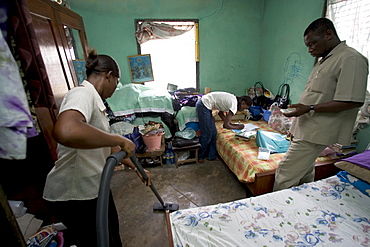
Research assistants and technicians from the University of Ghana collect dust samples from the living rooms and bedrooms of children in Accra, Ghana. The samples will be analyzed for the presence of dust mites, fungus', and animal allergens to help researchers better understand why children in wealthier homes have higher rates of allergies and asthma than poorer children. The leading theory is that higher rates of helminth (parasite) infections among poorer children are affecting the immune system in a way that offers protection from allergies and asthma. The study aims to find out what the worms are doing, isolate the beneficial effect and replicate it.
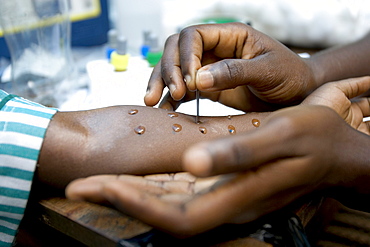
Research assistants and technicians from the University of Ghana perform basic skin prick tests on school children in Accra, Ghana to test for sensitivities to dog, cat, dust mites, grass pollen, peanuts, and cockroach allergens. The results have shown that children in wealthier homes have higher rates of allergies and asthma than poorer children. The leading theory is that higher rates of helminth (parasite) infections among poorer children are affecting the immune system in a way that offers protection from allergies and asthma. The study aims to find out what the worms are doing, isolate the beneficial effect and replicate it.

Research assistants and technicians from the University of Ghana collect dust samples from the living rooms and bedrooms of children in Accra, Ghana. The samples will be analyzed for the presence of dust mites, fungus', and animal allergens to help researchers better understand why children in wealthier homes have higher rates of allergies and asthma than poorer children. The leading theory is that higher rates of helminth (parasite) infections among poorer children are affecting the immune system in a way that offers protection from allergies and asthma. The study aims to find out what the worms are doing, isolate the beneficial effect and replicate it.
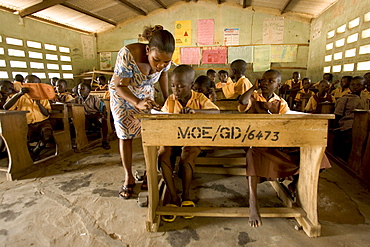
Research assistants and technicians from the University of Ghana perform basic skin prick tests on school children in Accra, Ghana to test for sensitivities to dog, cat, dust mites, grass pollen, peanuts, and cockroach allergens. The results have shown that children in wealthier homes have higher rates of allergies and asthma than poorer children. The leading theory is that higher rates of helminth (parasite) infections among poorer children are affecting the immune system in a way that offers protection from allergies and asthma. The study aims to find out what the worms are doing, isolate the beneficial effect and replicate it.
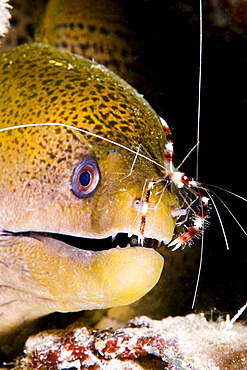
Micronesia, Yap, Banded box shrimp (Stenopus hispidus) on nose of Giant moray eel (Gymnothorax breedeni)
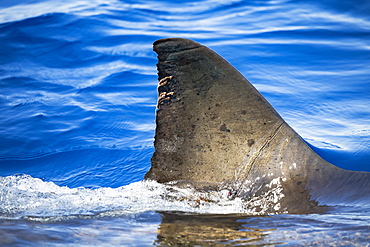
The strings hanging off the dorsal fin of this Great White Shark (Carcharodon carcharias) are parasitic copepods. Photographed just breaking the surface off Guadalupe Island, Mexico

A Slender Spongegoby (Phyllogobius platycephalops) and two different species of crabs. Attached to the goby are several parasites with egg cases, that will likely prove fatal over time. Many species live on the convuluted surface of this sponge, Philippin

These two parasitic mollusks, Thyca crystallina, are growing on the host starfish, Linckia laevigata. This parasitic shell only attaches to this species of starfish, into which it burrows and sucks up nutrients, Philippines
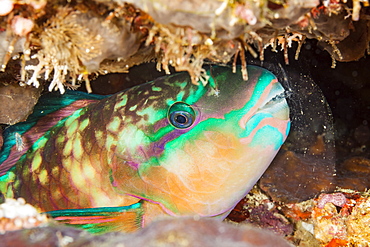
A close look at night of Chameleon Parrotfish (Scarus chameleon) sleeping in a mucus bubble that is secreted from large glands in the gill cavity and protects them from parasites, Fiji

The endemic Hawaiian Cleaner Wrasse (Labroides phthirophagus) is taking a close look for parasites on this Crocodile Needlefish (Tylosurus crocodilus), Hawaii, United States of America
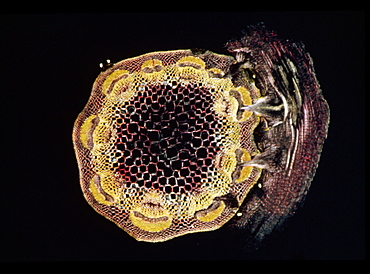
Light Micrograph (LM) of a transverse section of a stem of Clover (Trifolium sp.) with an unidentified parasite attached
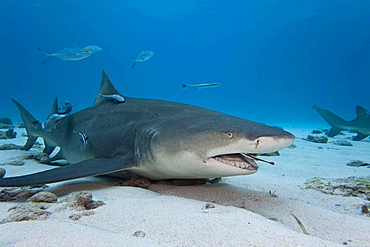
striped remora or live sharksucker remora cleaning scraps from inside the mouth of a lemon shark Negaprion brevirostris resting on the bottom is a strong current Thought to be a parasite this is one of the first images showing a benefit for the shark in this relationship West End Grand Bahamas Atlantic Ocean
